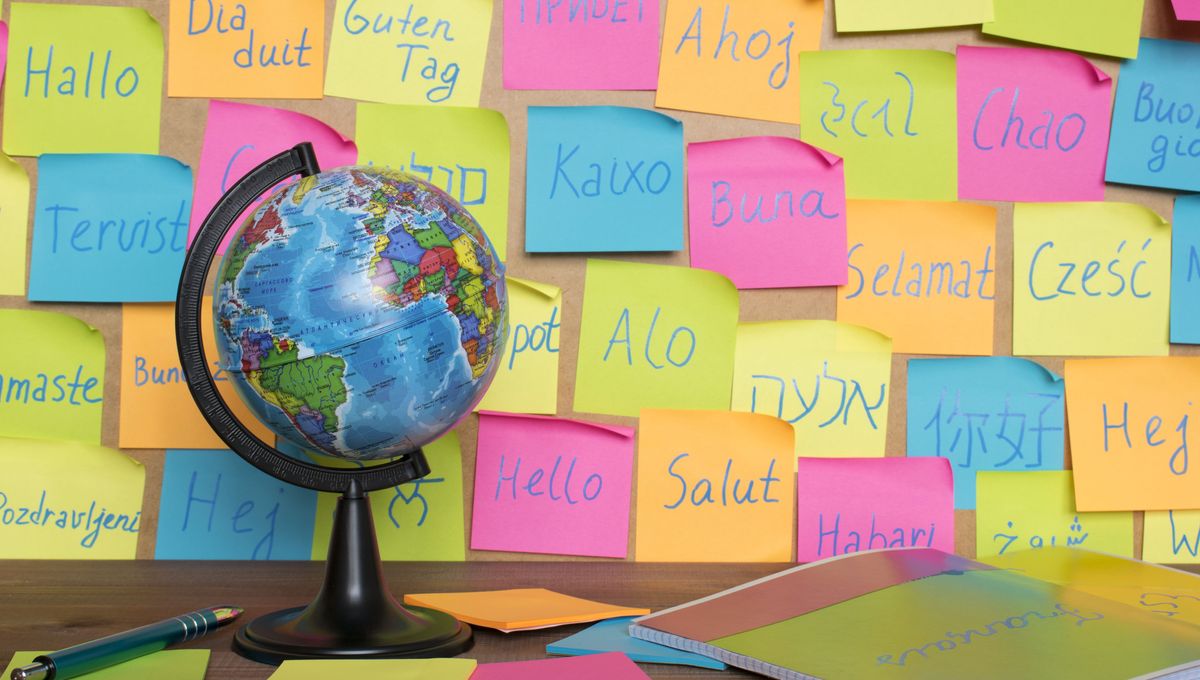
What’s the youngest language in the world? This might sound like a straightforward question, but as with all seemingly simple questions, the answer kind of depends on what you mean. What makes a language can be somewhat subjective, depending on how you differentiate a language from a dialect or a creole (a language that developed from a mix of languages to form the main language in a specific area or region).
Afrikaans
Generally speaking, the youngest official language is Afrikaans, which was formally recognised as a distinct language around century ago. The language has its roots in the Dutch East India Company who established a station at the Cape of Good Hope in South Africa. Here settlers (known as Boers), as well as soldiers and officials spoke 17th century Dutch.
Over the years, the Dutch started to interact with the indigenous Khoisan peoples, other Europeans, and slaves from Madagascar, India, East Africa, Indonesia. The Dutch spoken at the Cape gradually simplified as it absorbed influences from other languages and eventually became a “contact language”. These are languages that function as a new medium of communication at an intersectional point where multiple populations meet.
Despite the British attempting to ban the burgeoning language from schools and law courts in 1825, it nevertheless continued to evolve. During the early 1860s, the first efforts were made to write Afrikaans, but these early attempts were often ridiculed by both the British and the Dutch. In 1875, the Genootskap van Regte Afrikaners (Society of True Afrikaners) was founded, which promoted Afrikaans as a distinct official language.
In addition to seeking recognition of the language, the Society also promoted the self-conscious cultivation of a distinct Afrikaner cultural identity, rotted in the religion and history of the people.
It wasn’t until 1925 that Afrikaans was formally recognized as a language by the South African government, rather than being part of a Dutch vernacular. It soon became enshrined within the Official Languages of the Union Act, which was passed on May 8, that year. Afrikaans is now one of the official languages of South Africa and is spoken by around 9-10 million people across the world as a first and second language.
The formal adoption of Afrikaans in the early 20th century makes it the youngest recognized language in the world. However, there are some other emerging languages that also need to be considered.
Light Warlpiri
Within the last 40 to 50 years, another new language has started to emerge that Is currently only spoken by around 350 people. Light Warlpiri, has been blooming in Lajamanu, a remote village in the Northern Territory of Australia may have started to surface in the 1970s and 1980s, when some Warlpiri adults started to use English and Kriol words (English-based creole spoken in northern Australia) in otherwise fully Warlpiri sentences. This is essentially a code-switch, whereby a speaker alternates between two or more languages as they speak.
As their children started to learn these mixed-together sentences, they started to articulate it as a single grammatical system from which the language developed onwards. Since these humble beginnings, Light Warlpiri has continued to evolve and become the mother tongue of some indigenous people in Lajamanu.
Nicaraguan Sign Language
In addition to Light Warlpiri, there is another language that’s starting to emerge before our eyes and it’s an incredible example of how language can be born from scratch in short time. Before the 1970s, deaf people in Nicaragua, Central America, lived in isolation where they mostly communicated through signs shared with family members. There was no formal or common sign language.
However, in 1977, the government opened the first public school for deaf children in Managua where deaf children from across the whole country came together for the first time. Each one brought with them their own home signs which they shared with one another as they played outside class. The systems that emerged from this interaction were basic at first but gradually began to become regularized and expanded into a system with consistent grammar, syntax and even abstract concepts. Each new generation of children who entered the school added to this language so that those who entered it in the 1990s would have seen something very different from the basic home sign mix used by their predecessors.
What started as shared idiosyncratic signs had transformed into a complex original language known as Nicaraguan Sign Language.
Over the years, the community of speakers has grown to include more than 1500 individuals.
Source Link: What’s The Youngest Language In The World?